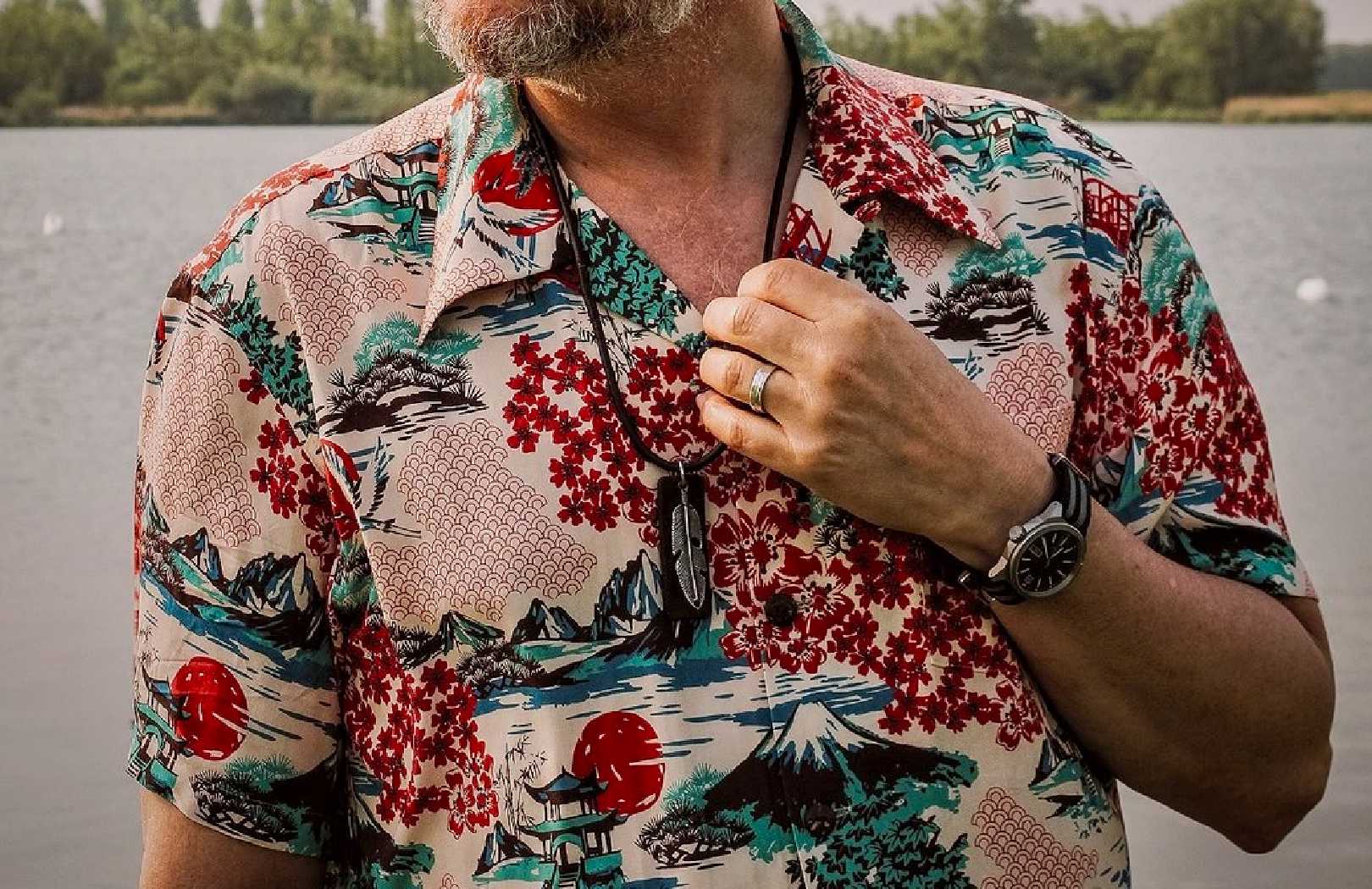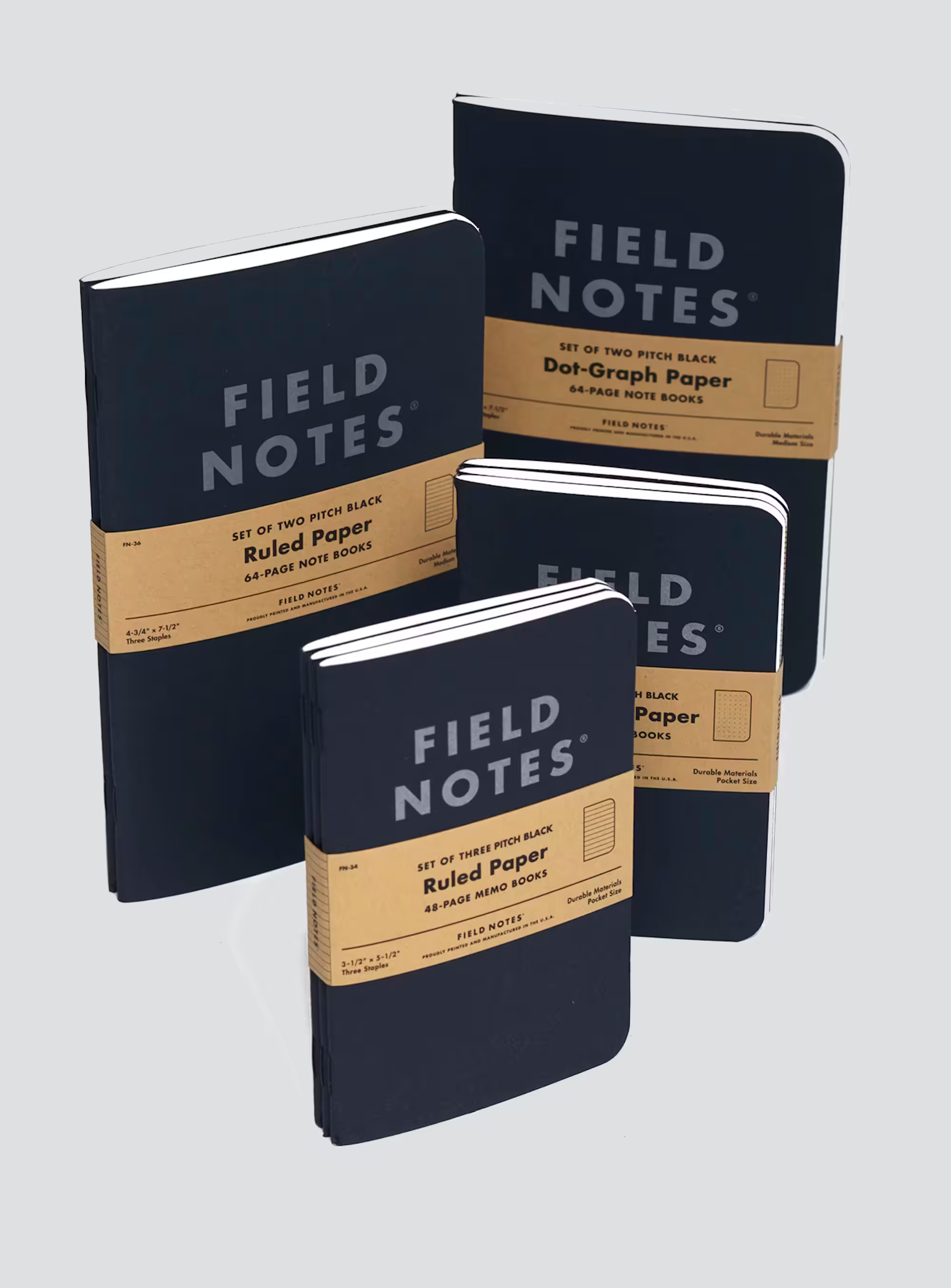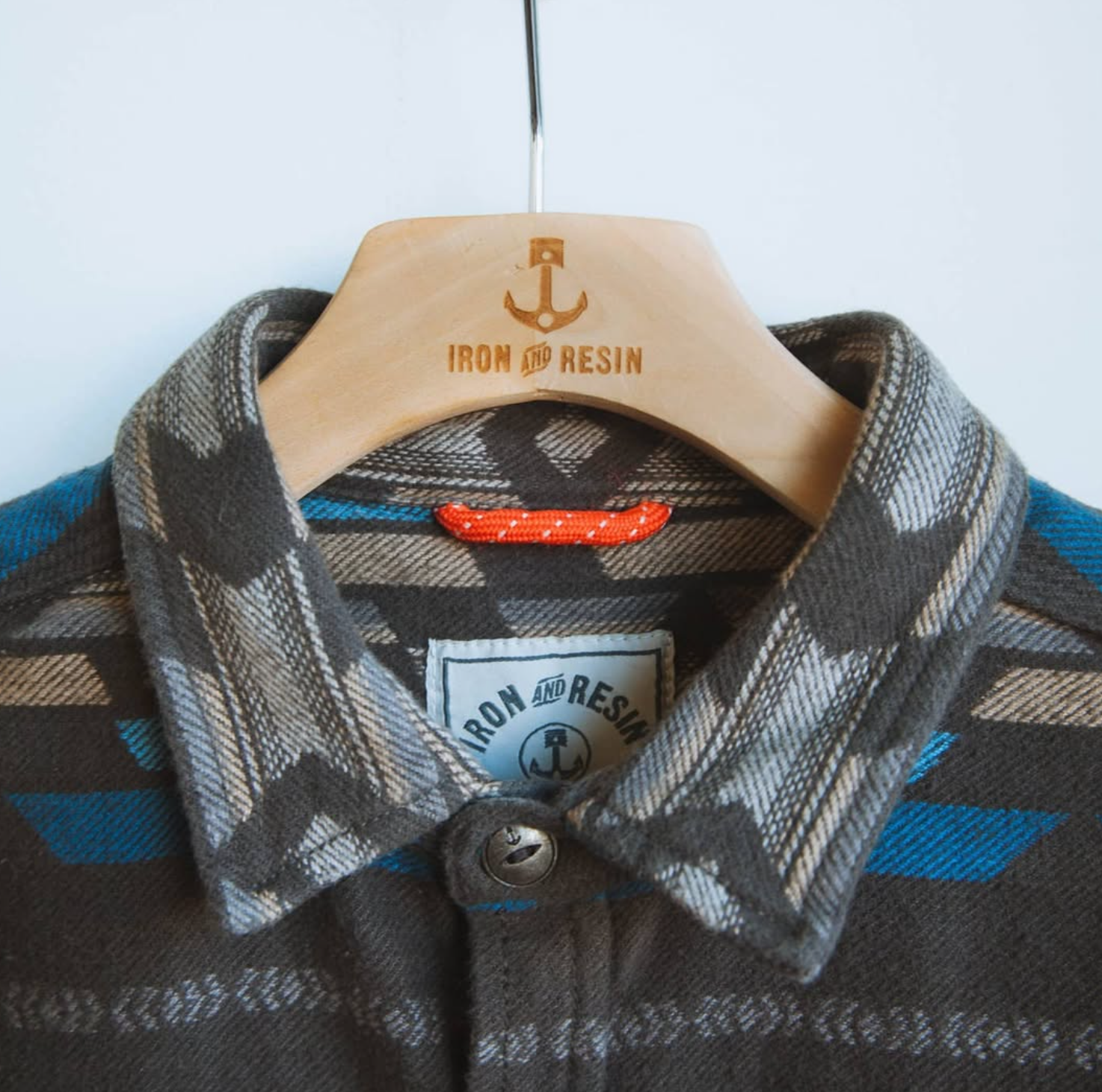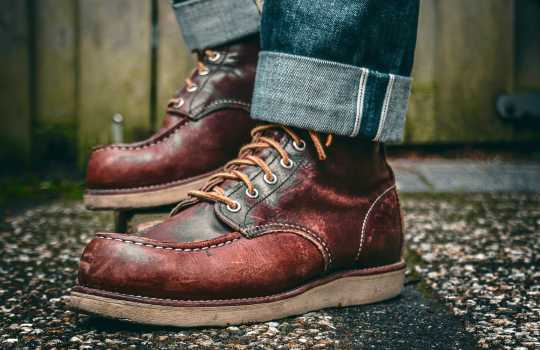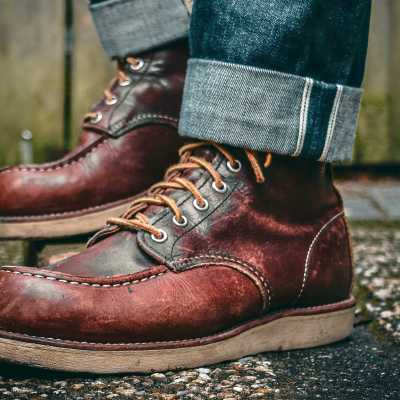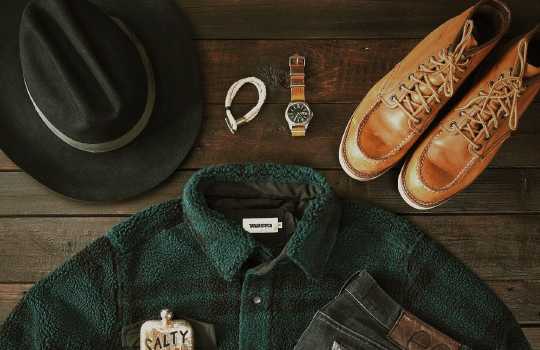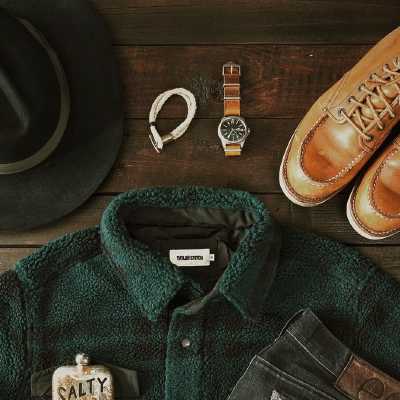There’s a certain kind of shirt that manages to feel like an old friend, a vacation keepsake, and a shortcut to personal style all at once. If you’ve wandered into the world of menswear lately, chances are you’ve looked at an Aloha shirt. And no, it’s not just for poolside dads or Magnum P.I. fans. The Aloha shirt has found its way back into the conversation among rugged style newcomers, heritage aficionados, and anyone aiming for that elusive “timeless gentleman” look—with about as much irony as a cold lager on a hot terrace.
But what exactly sets the Aloha shirt apart, and why does it persist, season after season, in wardrobes with taste? Welcome to the laid-back, storied world of classic rugged leisurewear.
Why the Aloha Shirt Sits at the Table of Rugged Style
Rugged style isn’t all chunky boots and chore coats. Sometimes, the toughest thing you can do is dress for daylight. That’s where the Aloha shirt comes in, blurring the line between weekend wear and low-key rebellion.
Rooted in function as much as in folklore, the Aloha shirt’s origin story runs through immigrant creativity and island practicality. Japanese tailors in 1920s Honolulu started working their kimono fabrics into Western shirt patterns, mixing old world artistry with laid-back ease. Add to that the postwar American G.I.s returning home with their tropical souvenirs, and you get a classic leisure shirt with serious cool credentials.
Despite its breezy demeanour, there’s a certain rugged individualism hiding in every well-made Aloha. It’s the shirt you throw on for a barbecue or a road trip and feel quietly invincible—not because it’s overbuilt, but because it’s built right.
The Anatomy of an Aloha Shirt
Before you grab the loudest floral in the shop (tempting, but there’s more to consider), it helps to know what makes an Aloha shirt a true Aloha:
The Cut
- Boxy fit for airflow and comfort; meant to skim, not hug. (Ironically, a loose fit looks sharper than anything skin-tight.)
- Camp collar or “revere” collar that sits flat, designed to be worn open and breezy.
- Short sleeves that helpfully mitigate the dreaded farmer tan (or at least try).
The Details
- Print-matched pocket for pattern harmony. The best shirts make the pocket almost disappear into the design.
- Coconut or shell buttons because plastic just feels wrong, doesn’t it?
- Side vents or splits add movement and prevent bunching, especially for those of us who like to move (or slouch) around a bit.
There are a few “types” worth knowing:
- All-over print (the classic)
- Scenic shirts (think sweeping landscapes)
- Panel designs (vertical art down each side)
- Border shirts (designs anchored to the bottom hem, perfect untucked)
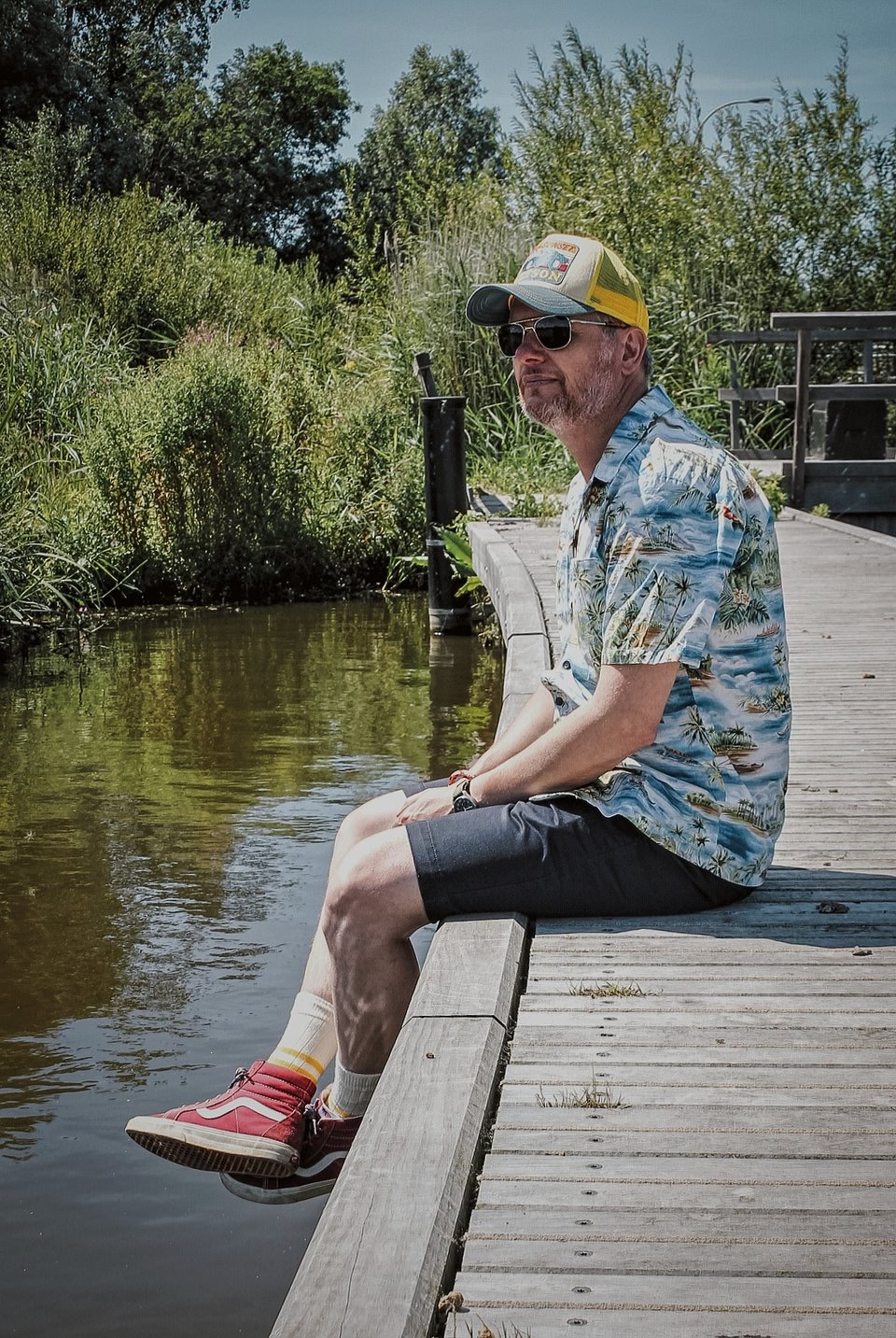
Fibre Talk: Rayon, Cotton, and the Stuff That Matters
Most Aloha shirts live somewhere between the soft, drapey world of rayon (sometimes labelled as viscose) and the sturdy dependability of cotton blends. Here’s why that matters:
Rayon / Viscose
- Unmatched for breathability and that cool-against-your-skin feel.
- Fluid drape means these shirts don’t cling, no matter the humidity index.
- It’s the period-correct choice if you’re after true “golden age” vibes.
- Downsides? They wrinkle easier, and care instructions usually come with stern warnings against tumble drying (consider it incentive for hang-drying).
Cotton Blends
- The Spooner Kloth™ from Reyn Spooner is a legend for a reason. With 55% cotton and 45% polyester, it’s got a touch more structure, fewer wrinkles, and still feels like a proper shirt—not a souvenir.
- Machine-washable, tougher, and more forgiving on repeat wears.
Prints & Provenance
- Designs can run from intricate Japanese motifs (a nod to those 1920s tailors) to 1940s-inspired palm scenes. For instance, “The Land of the Fujiyama” by Micky Oye offers a straight-cut rayon shirt with coconut buttons and Japanese patterning, paying tribute to both Hawaii and Japan’s deep textile connection.
How Should an Aloha Shirt Fit?
There’s “vacation borrowed-from-dad” baggy and then there’s “we tried, but please return this to lost property.” Aim for the Goldilocks zone:
- Shoulders hit right at (or a tad over) your natural shoulder.
- The hem lands around mid-fly or just below your belt—not too long, not crop-top territory.
- Room through the chest and waist for movement and air, but not billowing like a yacht’s mainsail.
Brands like Pike Brothers, for example, keep the “classic box fit” alive, designed to flatter most builds with a wide collar and superstar 1940s prints.
And don’t sweat sizing weirdness. Many shirts these days (see Reyn Spooner) come in extended sizes, trims, and pullover or button-front options to dial in exactly the fit you want.
Three Aloha Shirts Worth a Second Look
If you only buy one (or, realistically, three) to kick off your collection, these are a safe bet:
1. The Land of the Fujiyama Shirt by Micky Oye
- Japanese motifs, straight cut, 100% viscose/rayon, coconut buttons.
- Made in Germany. Packs in that hard-to-find blend of cultural story and modern feel.
- €179. One for the print aficionados or anyone looking to nod at Aloha history.
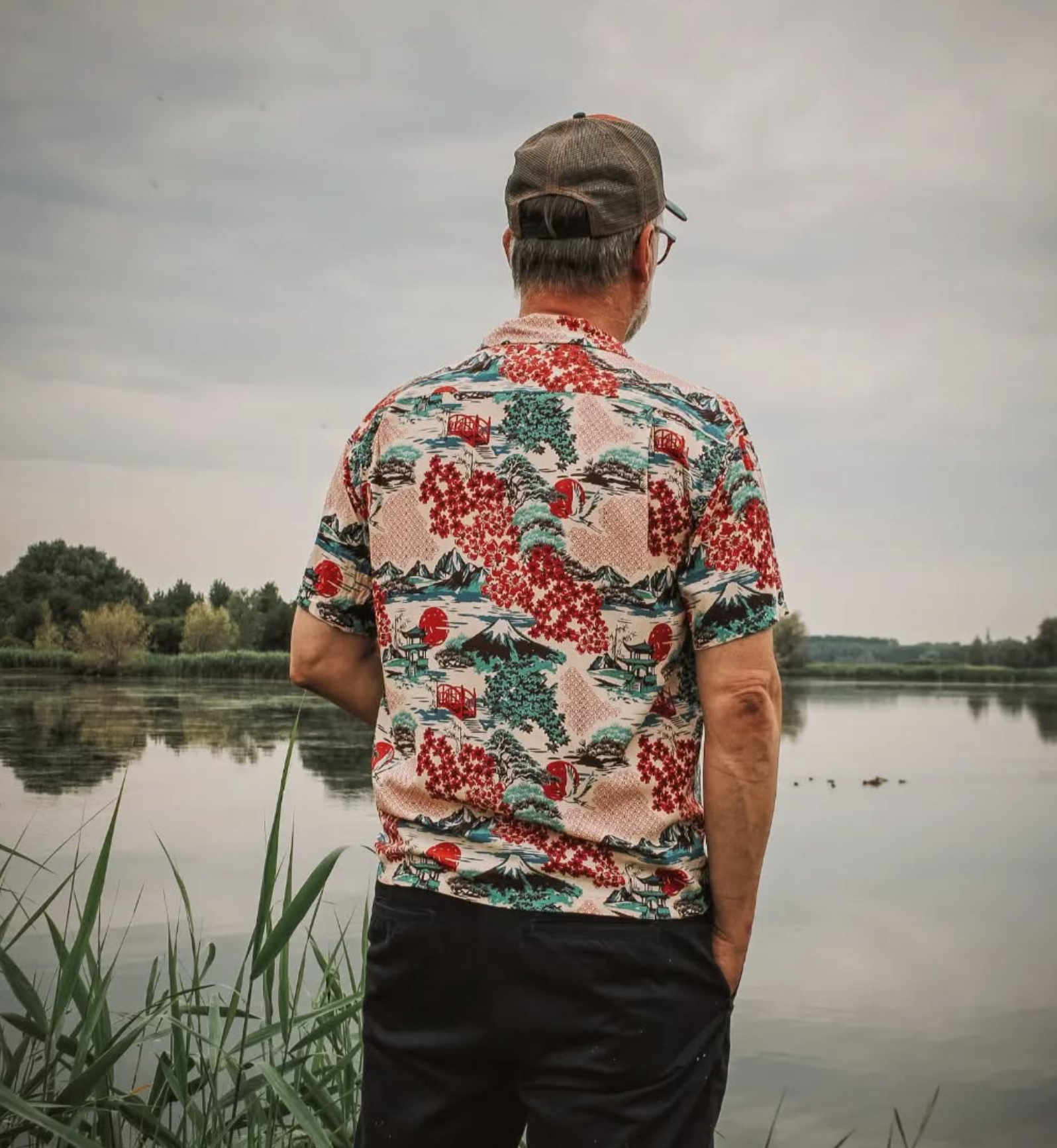
- Made with Spooner Kloth™ (55% cotton, 45% polyester).
- Your pick of button front, pullover, or tailored fit.
- Reverse print, meaning the design looks sun-faded and a little more understated (like you’ve owned it since the Sinatra days).
- Hands-down the gold standard for functional leisure. $96 on sale (which, for 4.9 stars and 3,700+ reviews, says a lot).
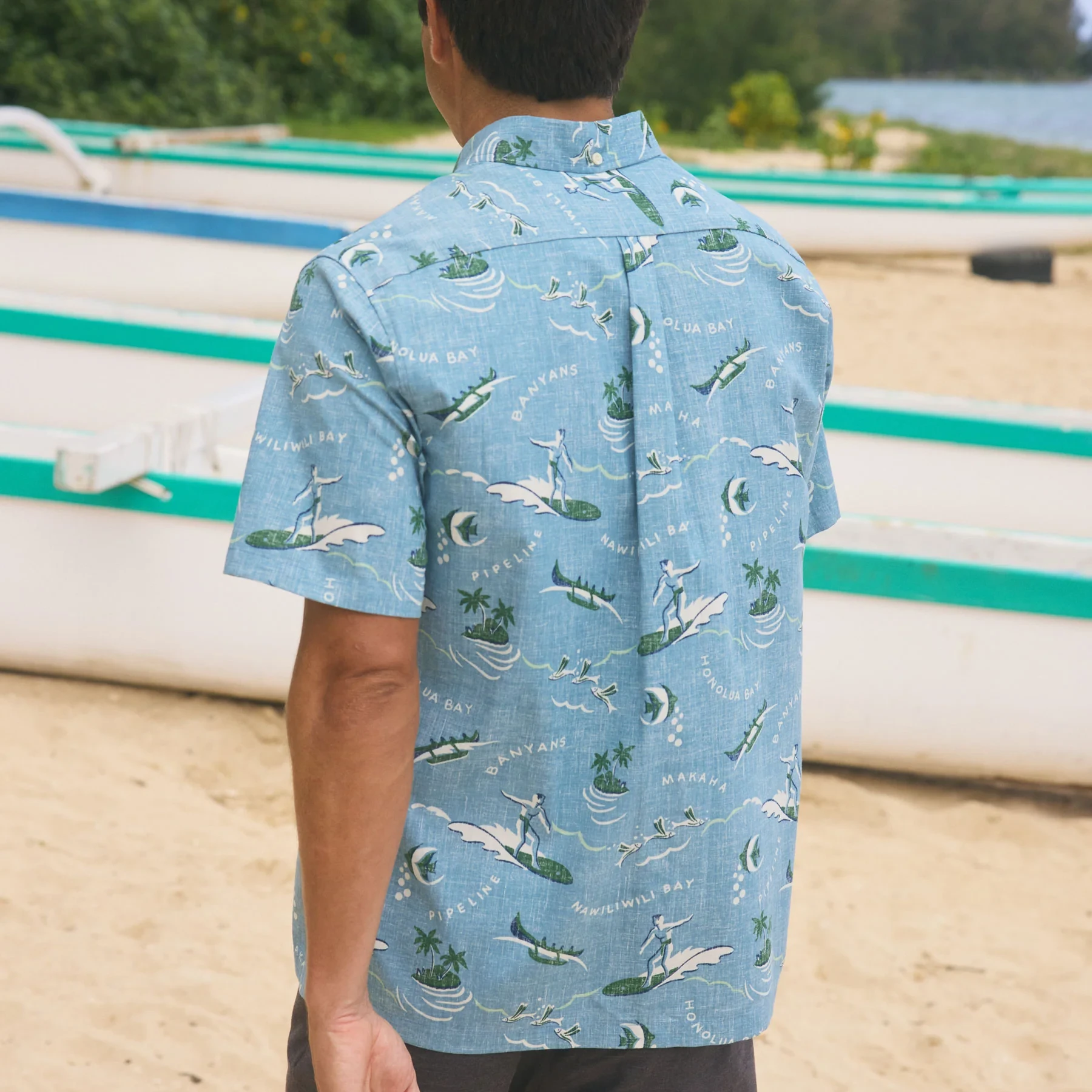
- 100% viscose, with a genuine 1940s print. Authentic Hawaii shirt fit, classic box cut, and wide collar.
- Made in Portugal.
- €99. Heritage details meet seriously wearable proportions.
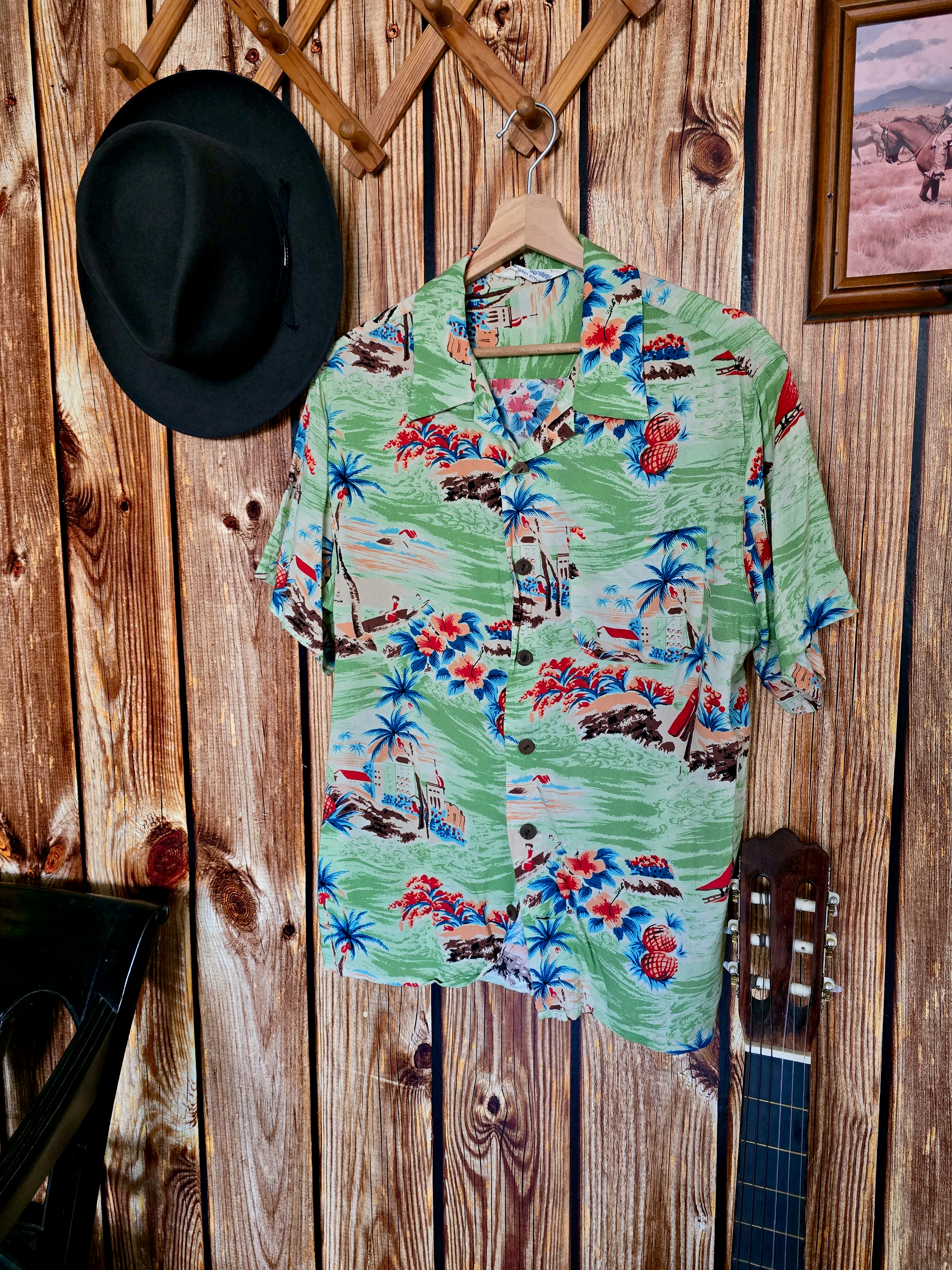
Layering Like a Pro
Aloha shirts aren’t just for peak summer. Throw one open over a plain white tee and you’re set for spring or autumn. Slip it under an unstructured blazer for an “extra points at the rooftop bar” look, or pair with a hefty chore coat to give off “I’m off duty but still know what I’m doing” vibes.
If you’re brave, try a turtleneck base layer when the weather turns. The shirt’s colour and pattern soften the drama while keeping your neck (and style credentials) toasty. Bonus points for mixing in a beanie or cuffed chinos.
Rugged Style, Soft Shoulders
The Aloha shirt has lasted the distance not just because it looks good (it does), but because it walks the line between statement and staple. For rugged style newbies, it’s a low-stakes way to experiment (nobody expects you to take yourself too seriously in a hibiscus print). For the die-hards, it’s pure heritage; a way to nod to 100 years of leisure style and make it fully your own.
Thinking about levelling up your wardrobe? Maybe it’s time to add a touch of Aloha. After all, any shirt could be a conversation starter—but not every shirt could be this much fun.


